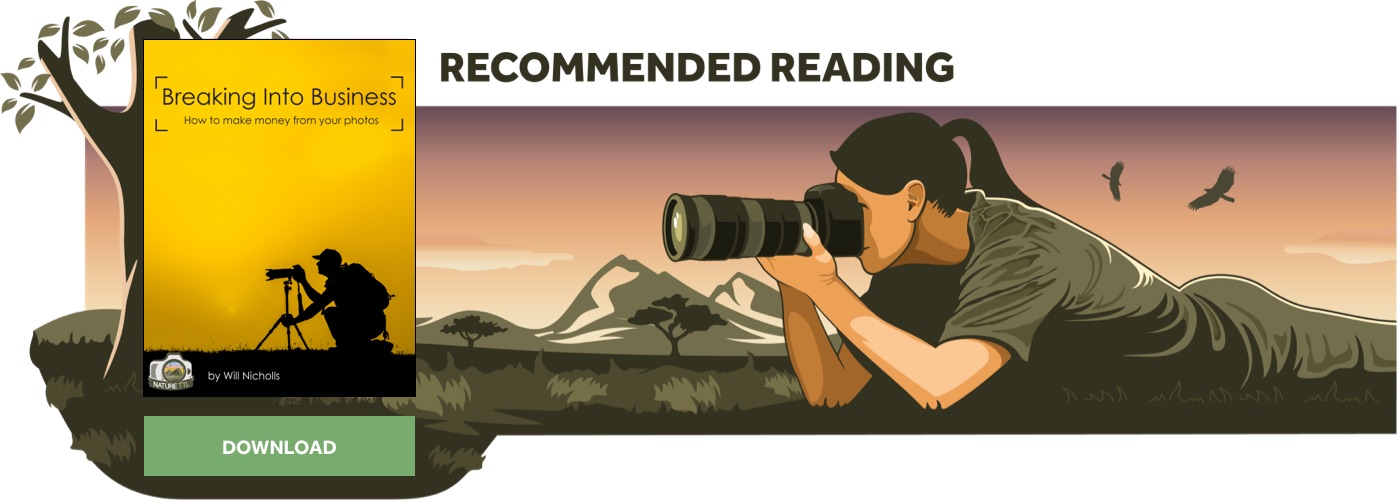What are Shutter Speed and Aperture?

It may be the most basic functions of a camera, but we’ve all been there. Understanding what the shutter speed and aperture are, and do, is fundamental to photography. Luckily, these are simple concepts to understand.
Shutter Speed
Here’s a basic definition: ‘the amount of time for which the shutter is open‘.


But what is the shutter? That clunk that you hear when you take a photo is actually the mirror of your camera moving. The shutter is a different curtain that covers the camera’s sensor (this is what is exposed by light and subsequently produces a photo – just like how film would be exposed in ‘the olden days’). To take a photo the shutter moves and reveals the sensor, before returning to its closed position. The duration for how long the sensor is exposed (i.e. the shutter is open) is the shutter speed.

No doubt you’ve heard the terms ‘slow’ and ‘fast’ shutter speed thrown around. But what do they mean? Well, a slow shutter speed allows more light into the sensor, giving you a brighter image. However, with slow shutter speeds you are more likely to introduce motion blur into your photo. For example, imagine you have your camera on a tripod and you take a photo of somebody walking past the camera. If you have a slow shutter speed of 1/30th of a second, you will find that the person is blurred. This is because the camera records the scene for the entirety of the shutter speed, and within that time frame the person has moved position slightly. It may sound fast initially, but when you consider that most shutters can fire up to 1/8000th of a second then it starts to sound slow. For the same reasons, slow shutter speeds can also introduce motion blur (a.k.a camera shake) from you handholding the camera. Slow shutter speeds can be used creatively in photography, creating unique images.
Further Reading: “How to Take Creative Photos of Autumn Trees“
When we are shooting scenes involving motion (or are handholding) we tend to opt for faster shutter speeds. This exposes the sensor for less time (allowing less light in and resulting in a darker image), but freezes any motion.
Handy Hint: A generally accepted rule for beginners in the field of photography is to always use a shutter speed of at least 1/focal length of your lens when handholding. This should eliminate any potential camera shake.
Aperture
So we’ve cracked shutter speeds. Now what about apertures? Aperture values are to do with your lens, and they are measured in f-stop numbers. The aperture of a lens is the size of the physical hole within it.
A low f-stop number describes a wide aperture. Usually photographers look to buy lenses with large maximum apertures (the lowest f-stop number a lens can manage). This lets in more light, allowing for a brighter photo, but it also has another effect. When you have a wide aperture, your depth of field is narrower. Confused? The depth of field is the area of a scene that is in focus in the final image. So when your aperture is wide, less of the image will be in focus.

A high f-stop number describes a small aperture. This lets in less light, causing a photo to be much darker, but it means the depth of field is larger. Consequently, more of the scene is in focus.
Landscape photographers tend to shoot with narrow apertures as it allows for all of a scene to be in focus. Conversely, a lot of the time wildlife photographers like to use wide apertures as it lets in more light, but also throws the background out of focus and creates a nice mushy background.






